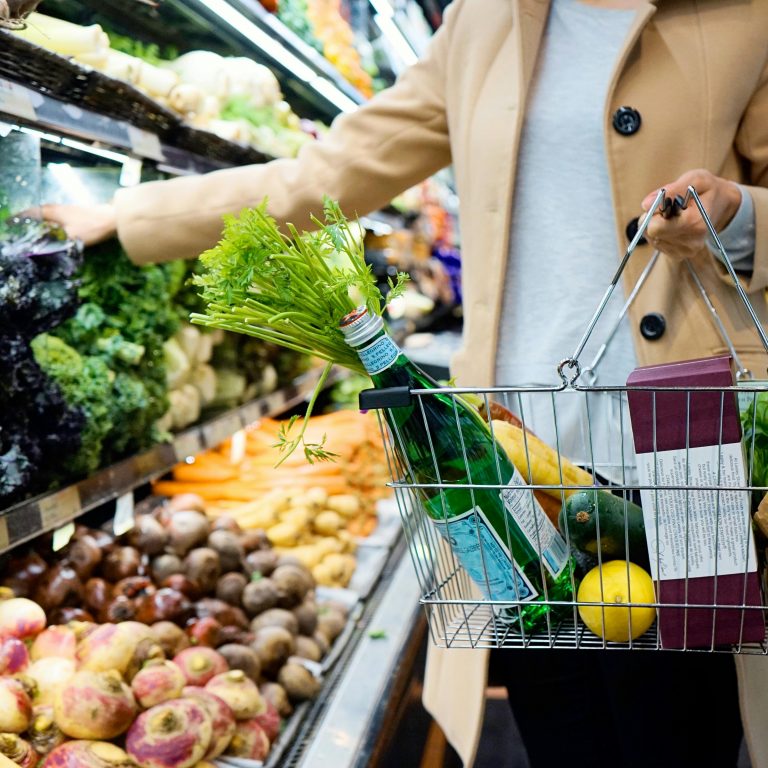As consumers, we assume that the honey, olive oil, maple syrup or brie is exactly that. Unfortunately, in many instances, that’s not the case. Fake food or food fraud costs billions each year globally, and has consumers paying more for lower-quality and mislabelled products. Common items are mixed with cheaper ingredients or mislabelled to appear premium. Not only do you as the consumer feel duped, but many added ingredients can pose serious health, ethical, and economical consequences.
To avoid falling for this trap, we’ve made a list of what to look out for, which items are most commonly faked, and how you as a consumer can verify their authenticity.
Commonly faked everyday foods
Food fraud is usually in plain sight – everyday items that wouldn’t require the consumer to inspect thoroughly before purchasing. And it’s as big of a thing in South Africa as it is abroad, and referred to as “fake food“. SA has several pieces of legislation designed to protect consumers from false or misleading claims and adultered products, but there are some gaps in enforcement and labelling requirements that make things grey, leading shoppers to be more vigilant.
However, the regulations relating to the Labelling and Advertising of Foodstuffs (R.146/2010) forms the backbone of food-labelling rules. These regulations make misleading labelling illegal – whether incorrect ingredients lists, false claims, or deceptive packaging. Reinforcing this is the Consumer Protection Act (No. 68 of 2009), that also requires that all food products provide accurate, truthful, and non-misleading information.
SA’s laws provide consumers with a strong framework for transparency, but the broader system in which they operate faces enforcement challenges. Limited inspection capacity, complex supply chains, and the growth of online and informal markets all make it easier for counterfeit or adultered products to circulate. The regulations are present, but consumers still play an important role in protecting themselves by reading labels, supporting reputable producers, and knowing what to look out for.

Fake foods list
- Honey: Frequently mislabled with terms like local, pure, raw and natural, actual raw honey should never be heated. Another giveaway is that it has been mixed with cheaper sweeteners like corn syrup. Look for honey with the beekeeper’s name and location, look at the ingredients list, and finally the price to avoid the fake stuff.
- Olive oil: Extremely popular in the culinary and beauty world, olive oil comes second on the fake foods list. It’s commonly blended with other, cheaper oils like canola or sunflower, but sold at a higher price. Instead, look for thrid-party certifications, buy from reputabel brands and stores, and look at the percentage of olive oil on the ingredients list (if you won’t 100% olive oil, don’t buy anything labelled with ‘blend’).
- Seafood: It may come to you as a surprise, but mislabelling fish and other seafood, especially crab, has become rampant. Fish fillets are swapped with lookalikes (especially salmon and yellowtail), or the meat is dyed to make it look like another variety, or highly processed and formed into similar shapes (like crab sticks) – all of which are misleading. Where you can, buy seafood fresh, from trusted fishmongers or suppliers, check the country of origin and ingredients label on the packaging.
- Coffee: Specifically ground coffee, can easily be ground and mixed with other foods like cereals, corn, and chicory and sold in bulk. Rather consider buying whole beans and grinding to order, or look for the harvest date, country of origin and ingredients list on ground coffee labels. Additionally, single-origin beans make fraud less likely.
- Spices: These items, especially vanilla and saffron, have a long history of being diluted or made into knockoffs. Always read the label and ingredients list carefully. As soon as you see less than 100% of the spice you’re buying, or any other ingredients that shouldn’t be there, you’ll know it’s fraud.
- 100% Fruit juices: These are commonly cut with cheaper concentrates or artificial flavourings and still labelled as 100% (our SA regulations have loopholes). Look out for ‘concentrates’ or ‘reconstituted’ or percentages on ingredients labels to give you a clearer picture of what juice you’re actually buying.
Unfortunately, fake foods are a reality and affects everyday items, from olive oil to spices and even coffee. Although SA labelling laws provide a strong foundation, consumer awareness and smart shopping are equally crucial. Stay informed by reading up on the food you want to buy, thoroughly reading labels, and asking store owners the tough questions. This not only protects your budget, but also your health.
Also See: Is fruit juice really all that healthy?
Is fruit juice really all that healthy?

